In September alone, the Association has brought more than a dozen martyrs back to their hometowns in Hung Yen , Phu Tho, Nghe An and Thanh Hoa. With active support from Vietnam's policy sectors, the Association hopes to bring at least a few dozen more martyrs home between now and the end of the year. If the application of ground-penetrating radar technology is effective, the lofty goal of this effort is to find and bring the remains of about 3,000 martyrs to their final resting places.
According to Lieutenant General Hoang Khanh Hung, in recent times, the Association has expanded its foreign relations with many international organizations such as the United States Institute of Peace , Harvard University and Tech University. An important highlight being implemented is the Association's connection with the University of Georgia (UGA) with the aim of cooperating so that UGA can help the Association apply ground-penetrating radar to re-identify mass graves that American veterans have provided information to the Association in 2024. A delegation of 9 professors from UGA visited and worked in Vietnam from October 4, 2025.
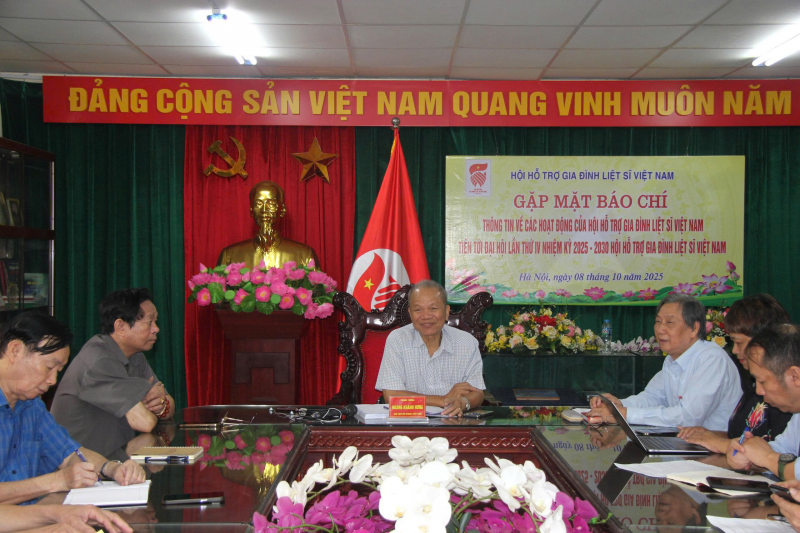
On October 6, the Association held a meeting to unify work content with many Vietnamese Defense agencies including: Policy Department, Foreign Affairs Department, Military Medical Department, Science and Technology Department, Engineering Command and Military Technical Academy.
“This technology is capable of penetrating up to 25 meters into the ground and reaching the same depth in water, greatly facilitating the search for remains. However, this technology has a major limitation in that it cannot operate in Vietnam’s saltwater areas. UGA professors realized that GPR needs to be improved and adjusted to suit Vietnam’s undulating mountainous terrain,” said Lieutenant General Hoang Khanh Hung.
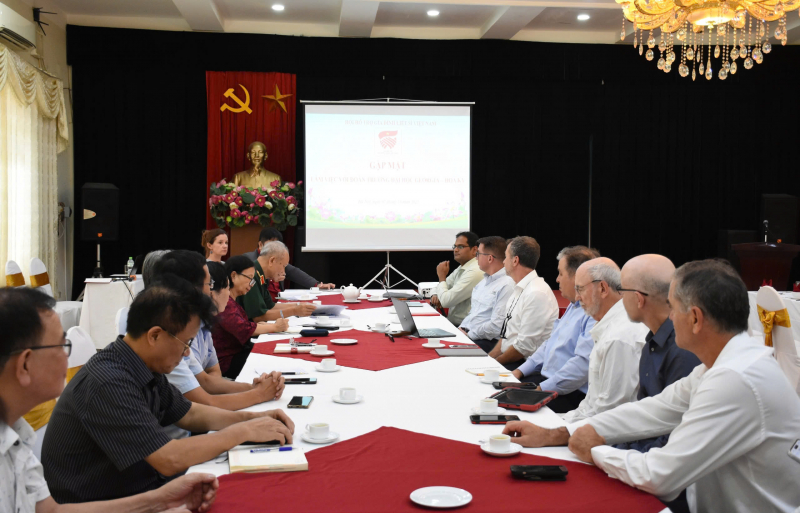
According to Lieutenant General Hoang Khanh Hung, although the remains of martyrs buried for a long time have decomposed, experts can still analyze each layer of soil and soil quality to confirm that it is a grave where people were buried in the past. In addition, if samples are discovered, the biological experts in the group affirm that DNA identification can definitely be done.
The Association and the UGA delegation will conduct a field survey in Da Nang, where 62 martyrs were previously buried. Next, the delegation will go to Military Region 7 and the Loc Ninh airport area (Binh Phuoc) to identify mass graves. In this Loc Ninh area, 135 remains were found in 2024 and early 2025. American veterans have provided a total of 21 sets of documents on mass grave locations. According to this information, if all 21 locations are searched, the estimated number of martyrs' remains will be about 3,000. The goal is to find the martyrs so that they can rest in cemeteries, no longer lying together in mass graves.
Source: https://cand.com.vn/Xa-hoi/ung-dung-cong-nghe-radar-xuyen-dat-muc-tieu-tim-kiem-duoc-3-000-hai-cot-liet-si-i783964/




![[Photo] Prime Minister Pham Minh Chinh inspects and directs the work of overcoming the consequences of floods after the storm in Thai Nguyen](https://vphoto.vietnam.vn/thumb/1200x675/vietnam/resource/IMAGE/2025/10/08/1759930075451_dsc-9441-jpg.webp)

![[Photo] Prime Minister Pham Minh Chinh attends the World Congress of the International Federation of Freight Forwarders and Transport Associations - FIATA](https://vphoto.vietnam.vn/thumb/1200x675/vietnam/resource/IMAGE/2025/10/08/1759936077106_dsc-0434-jpg.webp)





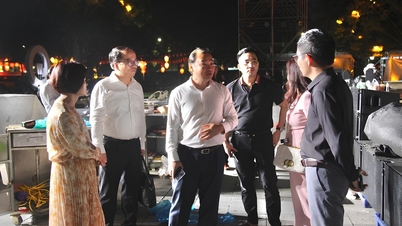

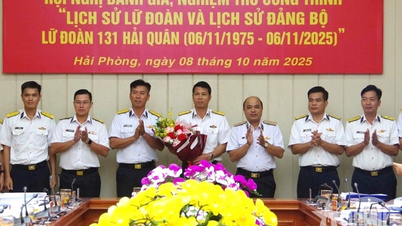



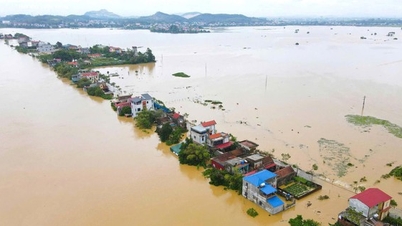





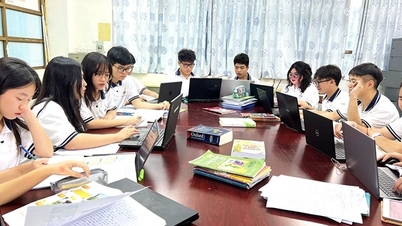

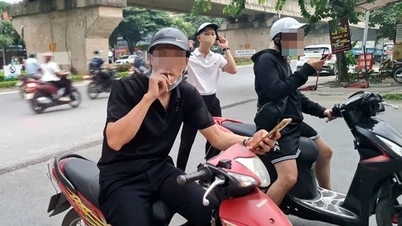

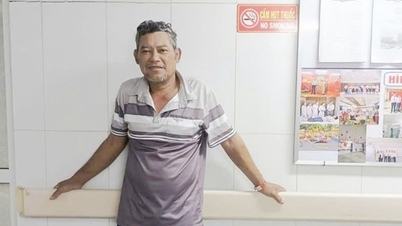
![[Photo] Closing of the 13th Conference of the 13th Party Central Committee](https://vphoto.vietnam.vn/thumb/1200x675/vietnam/resource/IMAGE/2025/10/08/1759893763535_ndo_br_a3-bnd-2504-jpg.webp)





































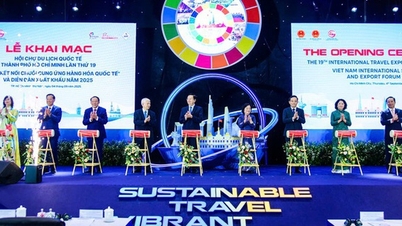












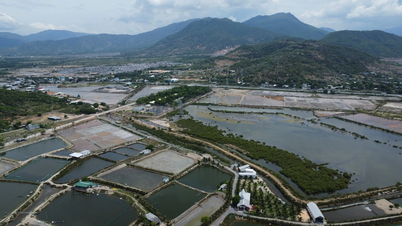















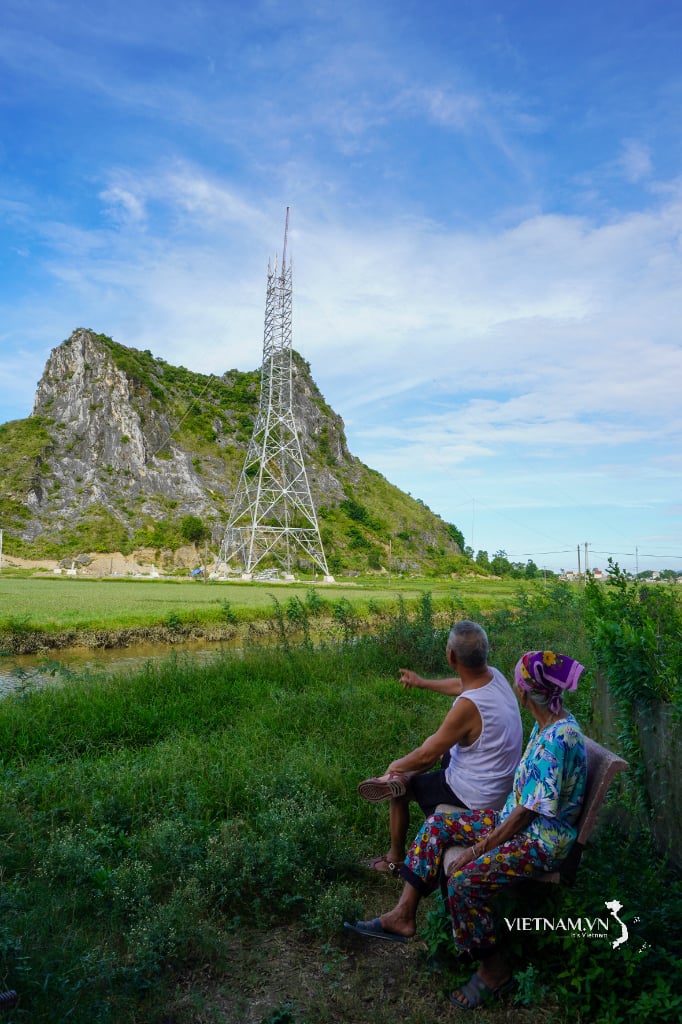

Comment (0)